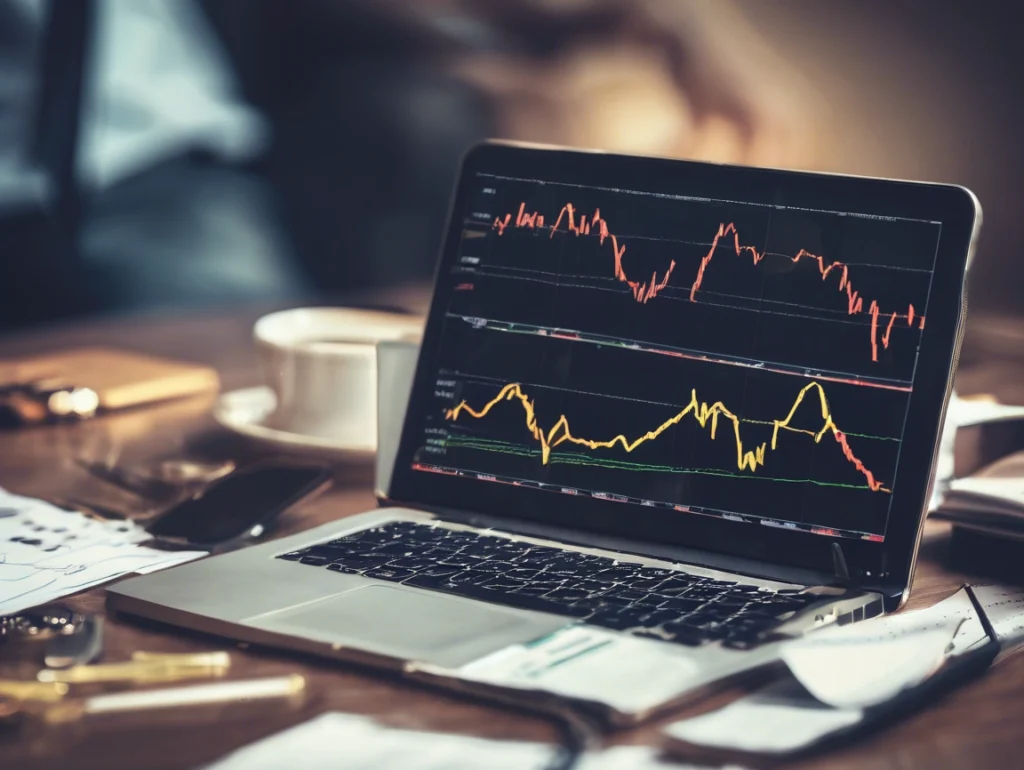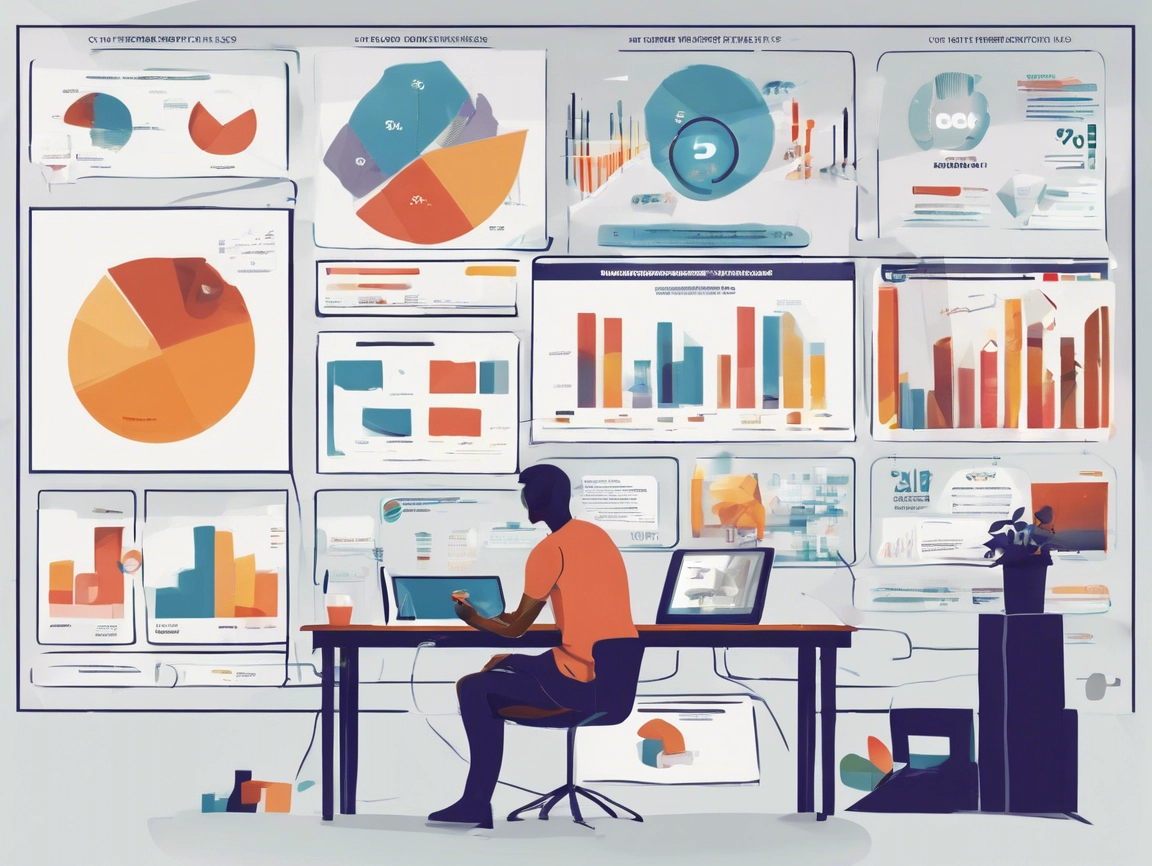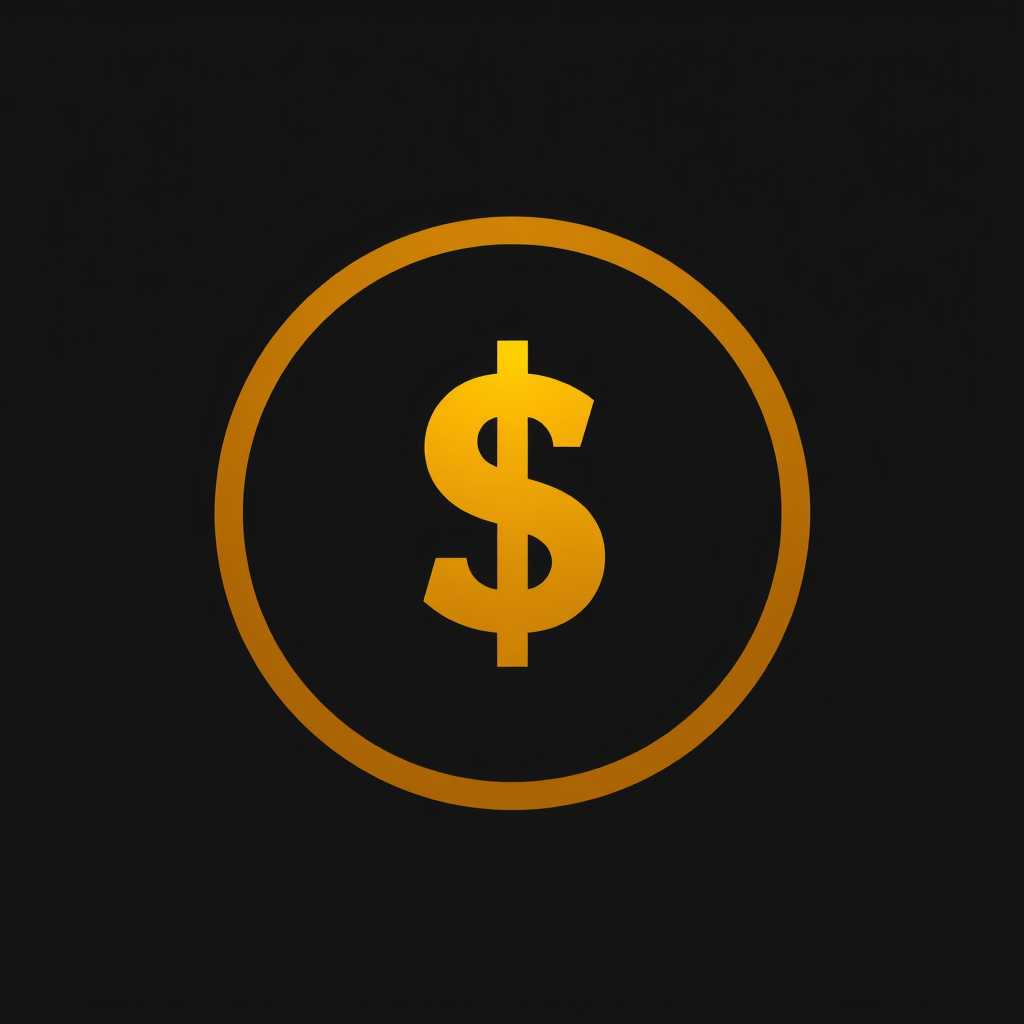By Cap Puckhaber, Reno, Nevada
I’m Cap Puckhaber, a marketing professional, amateur investor, and part-time blogger at SimpleFinanceBlog.com. Today, we’re doing a definitive deep dive into one of the most critical topics in finance: how to build a balanced portfolio by truly understanding and managing investment risk. This isn’t just theory; it’s a practical blueprint filled with the data, tools, and actionable steps you need to assess your risk profile and construct a resilient portfolio. Especially now, in mid-2025, with economic forecasts shifting and markets feeling uncertain, mastering risk isn’t just smart—it’s essential for your financial well-being.
Know Your Enemy: The Two Types of Investment Risk
To manage risk, you first have to understand what you’re up against. In investing, risk isn’t one big scary thing; it comes in two very different flavors. Knowing the difference is the key to using the right tool for the job.
Unsystematic Risk (The Risk You Can Control)
Unsystematic risk is the danger tied to a single company or industry. Think of the Johnson & Johnson “baby powder scenario,” where company-specific bad news caused its stock to plummet 10% in a day without dragging the whole market with it. This is the risk of a single product failing, a CEO scandal, or a factory shutting down. It’s a localized problem.
You asked a great question: “How do I avoid this if buying 100 individual stocks isn’t realistic?” You’re right, it’s not. The most powerful and realistic way to eliminate this risk is to buy a broad-market index fund or ETF. A single share of the Vanguard Total Stock Market ETF (VTI), for example, gives you ownership in over 3,000 U.S. companies. If one of those companies implodes, the impact on your overall investment is practically negligible. This is the single most effective tool for an average investor to conquer unsystematic risk.
For those who still want to analyze an individual company before investing, the best tool is the company’s annual 10-K report, filed with the SEC. You can find these for free on the SEC’s EDGAR database. Go straight to the “Risk Factors” section. By law, the company must disclose every potential vulnerability. You might read things like:
- “Our revenue is highly dependent on a single customer, who accounts for 40% of our sales.” (Customer Concentration Risk)
- “A significant portion of our manufacturing is located in a region prone to political instability.” (Geographic Risk)
- “Our flagship product relies on a key component from a single supplier.” (Supply Chain Risk)
Reading this section gives you a clear picture of the specific potholes a single company could hit.
Systematic Risk (The Risk You Must Prepare For)
Systematic risk, or market risk, affects the entire economy. It’s the big storm that every ship has to navigate. The 2020 COVID-19 crash, the 2008 financial crisis, and the Federal Reserve’s interest rate hikes in 2022-2023 are all examples. These are often called “black swan” events—unpredictable, widespread crises that you can’t diversify away with more stocks.
You can’t eliminate this risk, but you can manage its impact through smart asset allocation. This means owning different types of assets (like stocks, bonds, and real estate) that behave differently during broad market shifts. We’ll break down exactly how to do this in the ‘Your Blueprint’ section below, where we translate this theory into a practical portfolio strategy.
Your Blueprint: From Risk Profile to Asset Allocation
This is where the theory becomes your personal strategy. Your asset allocation is the single most important decision you’ll make, and it should be a direct reflection of your time horizon, goals, and risk tolerance. As you can see in this powerful chart from Vanguard, a portfolio’s long-term performance and volatility are directly tied to its mix of stocks and bonds.
The Critical Role of Your Time Horizon
Before anything else, consider your timeline. Are you investing for retirement in 30 years or a house down payment in three? The longer your time horizon, the more risk you can afford to take. A 25-year-old has decades to recover from a market crash. For them, a crash is actually a great opportunity to buy assets on sale. A 65-year-old who needs to start drawing income from their portfolio next year does not have that luxury; for them, capital preservation is paramount.
What’s Your Risk Tolerance?
Next, get an honest assessment of your emotional ability to handle risk. You can use a free tool like the questionnaires offered by Vanguard or Charles Schwab to get a starting point. Answering “What would you do if your portfolio lost 20% of its value in three months?” is a crucial gut check.
Once you have a sense of your profile, you can use a target allocation as your guide.
| Risk Profile | Typical Time Horizon | Investor Mindset | Sample Stock/Bond/Alt Allocation |
| Aggressive | 20+ Years | “I’m focused on maximum growth and can stomach large drops (30%+) for higher long-term returns.” | 80% Stocks / 15% Bonds / 5% Alts |
| Moderate | 10-20 Years | “I want solid growth, but I’d like to cushion the blow of market crashes. A balance is key.” | 60% Stocks / 35% Bonds / 5% Alts |
| Conservative | 0-10 Years | “My priority is protecting my money and generating income. I want to minimize volatility.” | 40% Stocks / 55% Bonds / 5% Alts |
Export to Sheets
The Building Blocks: A Deeper Look at Your Asset Choices
Let’s go beyond the basics and look at the specific tools you can use within each asset class to fine-tune your portfolio’s risk.
Stocks: The Engine of Growth
Stocks provide the long-term growth that drives wealth creation.
- Broad Market Exposure: The foundation of your stock allocation should be a low-cost total market ETF like the Vanguard Total Stock Market ETF (VTI) or an S&P 500 ETF like the iShares Core S&P 500 ETF (IVV).
- International Diversification: Don’t limit yourself to the U.S. Owning international stocks provides exposure to different economic cycles and currencies. A great all-in-one fund for this is the Vanguard Total International Stock ETF (VXUS). A common rule of thumb is to allocate 20-40% of your total stock portion to international markets.
- Managing Volatility with Beta: As we discussed, Beta measures volatility. If you’re a more conservative investor, you might tilt a portion of your stock allocation towards a low-volatility fund like the iShares MSCI USA Min Vol Factor ETF (USMV) to soften the blows during market downturns. You can find the Beta for any fund on sites like [suspicious link removed].
Bonds: The Portfolio’s Seatbelt
Bonds provide stability and income. The key risk metric for bonds is duration. In simple terms, duration measures how sensitive a bond’s price is to changes in interest rates. A bond fund with a longer duration (e.g., 7-10 years) will be much more volatile than one with a short duration (e.g., 1-3 years).
- For Maximum Safety: Short-term U.S. Treasury funds, like the iShares 1-3 Year Treasury Bond ETF (SHY), have very low duration and are ideal for capital preservation.
- For a Core Holding: A total bond market fund like the Vanguard Total Bond Market ETF (BND) gives you a mix of durations and credit qualities, offering a great balance of safety and yield. Its duration is typically in the intermediate range (around 6-7 years).
- For Tax-Advantaged Income: If you’re investing in a regular brokerage account (not an IRA), municipal bonds can be a great choice. The income they generate is typically free from federal income tax. You can access these through funds like the iShares National Muni Bond ETF (MUB).
Alternatives: The Diversifiers
This small slice of your portfolio (5-10%) can provide returns that are uncorrelated with both stocks and bonds.
- Real Estate: The easiest way to invest in real estate is through a Real Estate Investment Trust (REIT) ETF like the Vanguard Real Estate ETF (VNQ).
- Gold: Historically, gold has acted as a safe-haven asset during times of extreme market stress or high inflation. An ETF like the SPDR Gold Shares (GLD) is a simple way to add exposure.
The Psychology of Risk: Winning the Mental Game
Building the right portfolio is only half the battle. The biggest risk for most investors isn’t the market; it’s themselves. Behavioral biases can cause us to make irrational decisions at the worst possible times.
- Loss Aversion: This is the tendency for the pain of a loss to be twice as powerful as the pleasure of an equal gain. It’s what makes you want to sell everything in a panic when the market drops, locking in your losses.
- Herding: This is our natural instinct to follow the crowd. When everyone is piling into a hot stock, herding makes us want to buy it, often at the peak. When everyone is selling, it makes us want to join them, often at the bottom.
- Recency Bias: This bias leads us to put too much weight on recent events. If the market has been going up for three years, we start to believe it will go up forever. If it just crashed, we feel like it will never recover.
How to Fight Back:
- Have a Written Plan: Your asset allocation is your written plan. When you’re tempted to act emotionally, refer back to your plan.
- Automate Your Investing: Set up automatic monthly contributions to your funds. This forces you to buy consistently, whether the market is up or down (a strategy called dollar-cost averaging).
- Tune Out the Noise: Don’t check your portfolio every day. Limit your exposure to sensationalist financial news. Stick to your annual or semi-annual review and rebalancing schedule.
Executing Your Plan: From Theory to a Real Portfolio
Let’s put this all together into a simple, actionable plan.
- Assess Your Risk & Timeline: Use the tools and concepts above to determine your profile. Let’s say you’re a Moderate investor with a 15-year time horizon.
- Choose Your Allocation: You decide on a 60% stock, 35% bond, 5% alternatives mix.
- Select Your Funds: You build your portfolio using these low-cost ETFs:
- 40% in VTI (U.S. Stocks)
- 20% in VXUS (International Stocks)
- 35% in BND (Total Bond Market)
- 5% in VNQ (Real Estate)
- Set Your Rebalancing Strategy: You have two main options.
- Calendar Rebalancing: On the same day each year (e.g., your birthday), you adjust your portfolio back to its target weights.
- Threshold Rebalancing: You rebalance only when an asset class drifts by a certain percentage (e.g., 5%) from its target. This might lead to less frequent trading but requires more monitoring.
Conclusion
For most people, an annual calendar-based rebalancing is simplest and most effective. It’s a disciplined, proactive approach to risk management. As the famous Fidelity study shows, missing just the market’s best days by trying to time your moves can devastate your returns. Your best defense is a good plan that you can stick with, through good times and bad.
Check out my latest blog on Understanding the P/E Ratio by Cap Puckhaber
If you haven’t seen it yet check out my blog on Fed Reserve Meeting Recap by Cap Puckhaber
New to Simply Finance Blog is my take on How To Manage Stock Market Swings by Cap Puckhaber
Investing Blog for Beginners
Hosted by Cap Puckhaber of Black Diamond Marketing Solutions, this investing blog offers daily articles on investing, savings, bonds, interest rates, mortgages, and more.



About the Founder / Author
Cap Puckhaber is a seasoned marketing strategist and finance writer, based in Reno, Nevada with over 20 years of experience investing, marketing and helping small businesses grow.
He offers expert advice on how to save for retirement, how to use a retirement calculator and the difference between T-Bills and CDs.
Cap Puckhaber shares actionable insights on how to promote your business locally for free and on trending platforms like X.
He shares his personal investment journey, how to use trade volume to predict breakouts, and his take on covered call strategies.

Follow Cap Puckhaber Online
Connect with Cap Puckhaber on Facebook
See Real-Time Thoughts on X
Read In-Depth Articles on Medium
Subscribe to Cap Puckhaber’s Substack Newsletter
Follow Cap Puckhaber’s Company Page on LinkedIn
View Our Agency Profile on DesignRush
See Cap Puckhaber’s Agency on Agency Spotter
Explore Technical Projects on GitHub
See Cap Puckhaber’s Creative Portfolio on Behance
Learn more about my company on Crunchbase
Join Cap Puckhaber’s Conversation on BlueSky
Follow My Updates on Mastodon

Backpacker, Marketer, Investor, Blogger, Husband, Dog-Dad, Golfer, Snowboarder
Cap Puckhaber is a marketing strategist, finance writer, and outdoor enthusiast from Reno, Nevada. He writes across CapPuckhaber.com, TheHikingAdventures.com, SimpleFinanceBlog.com, and BlackDiamondMarketingSolutions.com.
Follow him for honest, real-world advice backed by 20+ years of experience.


